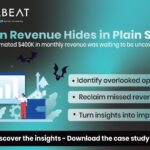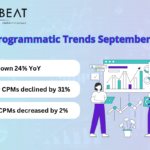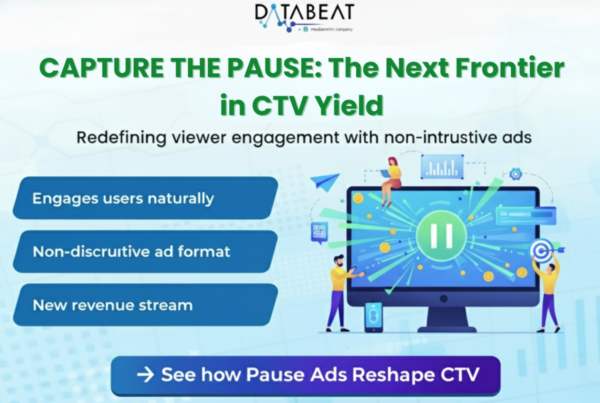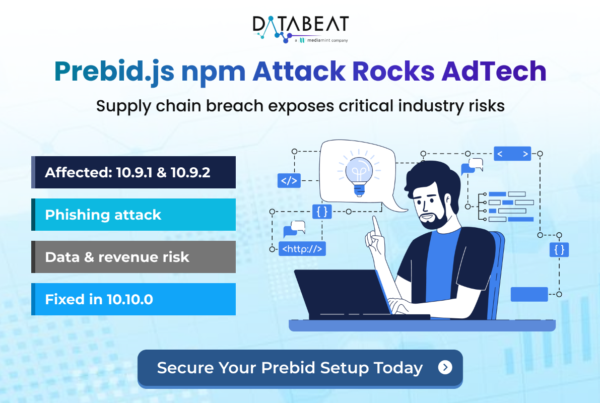
Programmatic advertising has become increasingly popular in recent years, as it allows advertisers to reach their target audience in a more efficient and cost-effective way. Two types of programmatic advertising deals that have gained traction are Programmatic Guaranteed (PG) and Preferred Deals (PD). Both PG and PD deals offer benefits for advertisers and publishers, but they differ in their approach and purpose. In this article, we will be taking a look at PG & PD deals and also discuss their respective advantages and disadvantages.
Programmatic Guaranteed Deals (PG)
Programmatic Guaranteed Deals allow advertisers to purchase premium inventory from publishers at a fixed price, without going through the open auction process. The advertiser and publisher negotiate upfront on the targeting, pricing, and delivery specifications. PG deals guarantee the delivery of the agreed-upon impressions, making them a good choice for high-value campaigns with specific targeting requirements.
Programmatic Guaranteed (PG)
Advantages
- Guaranteed delivery: PG deals guarantee the delivery of the agreed-upon impressions, ensuring that the advertiser’s campaign will reach its target audience.
Fixed pricing: PG deals offer fixed pricing, which means that advertisers know exactly how much they will pay for their ad impressions. - Premium inventory: PG deals allow advertisers to access premium inventory that is not available through the open auction process.
Disadvantages
- Limited flexibility: PG deals are not as flexible as other programmatic advertising deals, as they require the upfront negotiation of targeting, pricing, and delivery specifications.
- Risk of overpaying: If the negotiated price is too high, advertisers may end up overpaying for their ad impressions.
Preferred Deals (PD)
Preferred Deals are another type of programmatic advertising deal that allows advertisers to purchase premium inventory from publishers at a fixed price. In a PD deal, the advertiser gets priority access to the publisher’s inventory before it is made available in the open auction. This gives advertisers more control over the inventory they want to buy and the ability to negotiate a fixed price. However, PD deals do not guarantee delivery.
Advantages
- Priority access to premium inventory: PD deals give advertisers priority access to premium inventory that is not available through the open auction process.
- Fixed pricing: PD deals offer fixed pricing, which means that advertisers know exactly how much they will pay for their ad impressions.
- Flexibility: PD deals offer more flexibility than PG deals, as advertisers can negotiate a fixed price without having to agree upfront on targeting, pricing, and delivery specifications.
Disadvantages
- No guarantee of delivery: Unlike PG deals, PD deals do not guarantee the delivery of the agreed-upon impressions, making them a riskier option for advertisers.
- Limited inventory: PD deals offer access to a limited amount of premium inventory, as the publisher may choose to reserve a portion of their inventory for other types of deals.
PG vs PD
Guaranteed delivery:
PG deals guarantee the delivery of the agreed-upon impressions, while PD deals do not offer a guarantee of delivery.
Inventory access:
PG deals allow access to premium inventory that is not available through the open auction process, while PD deals offer priority access to inventory that is not available through the open auction process.
Flexibility:
PD deals offer more flexibility than PG deals, as advertisers can negotiate a fixed price without having to agree upfront on targeting, pricing, and delivery specifications.
Pricing:
Both PG and PD deals offer fixed pricing, which means that advertisers know exactly how much they will pay for their ad impressions. Risk: PG deals are considered less risky than PD deals, as they guarantee the delivery of the agreed-upon impressions, while PD deals do not offer a guarantee of delivery.
Campaign goals:
PG deals are suitable for high-value campaigns with specific targeting requirements that require guaranteed delivery, while PD deals are suitable for advertisers who want more control over the inventory they buy and who are willing to take a little more risk in exchange for greater flexibility.
Budget:
PG deals are suitable for campaigns with tight budgets, as the fixed pricing ensures that the advertiser will not exceed their budget, while PD deals may offer more flexibility in terms of negotiating pricing but may be riskier if the delivery is not guaranteed.
Which one to choose?
The choice between PG and PD deals depends on the advertiser’s goals and needs. PG deals are a good option for high-value campaigns with specific targeting requirements that require guaranteed delivery. PD deals, on the other hand, offer more flexibility and priority access to premium inventory, but without the guarantee of delivery. Advertisers should weigh the advantages and disadvantages of each type of deal and choose the one that best suits their campaign goals and budget.
In conclusion, programmatic advertising has revolutionized the way advertisers reach their target audience, and PG and PD deals offer unique advantages to advertisers. While PG deals guarantee the delivery of impressions, PD deals offer more flexibility in negotiation and access to premium inventory.
How can DataBeat help?
Choosing the right type of deal and optimizing programmatic advertising campaigns can be challenging for advertisers. That’s where Databeat comes in. We are a data-driven marketing agency that specializes in programmatic advertising, and our team of experts can help you choose the best programmatic deals that meet your campaign goals, budget, and inventory requirements.
We use advanced data analytics and insights to optimize your campaigns and achieve maximum performance, so you can reach your target audience more efficiently and effectively. Our personalized approach and hands-on support ensure that you get the most out of your programmatic advertising campaigns.
Find out how we helped our clients maximize their ad revenue with proven strategies. Discover our case study on unlocking new revenue opportunities with Ad Refresh and learn how you can achieve similar results!
With DataBeat as your partner, you can take advantage of the benefits of programmatic advertising and make the most of your advertising budget. Contact us today to learn more about our programmatic advertising services and how we can help you achieve your marketing goals.









